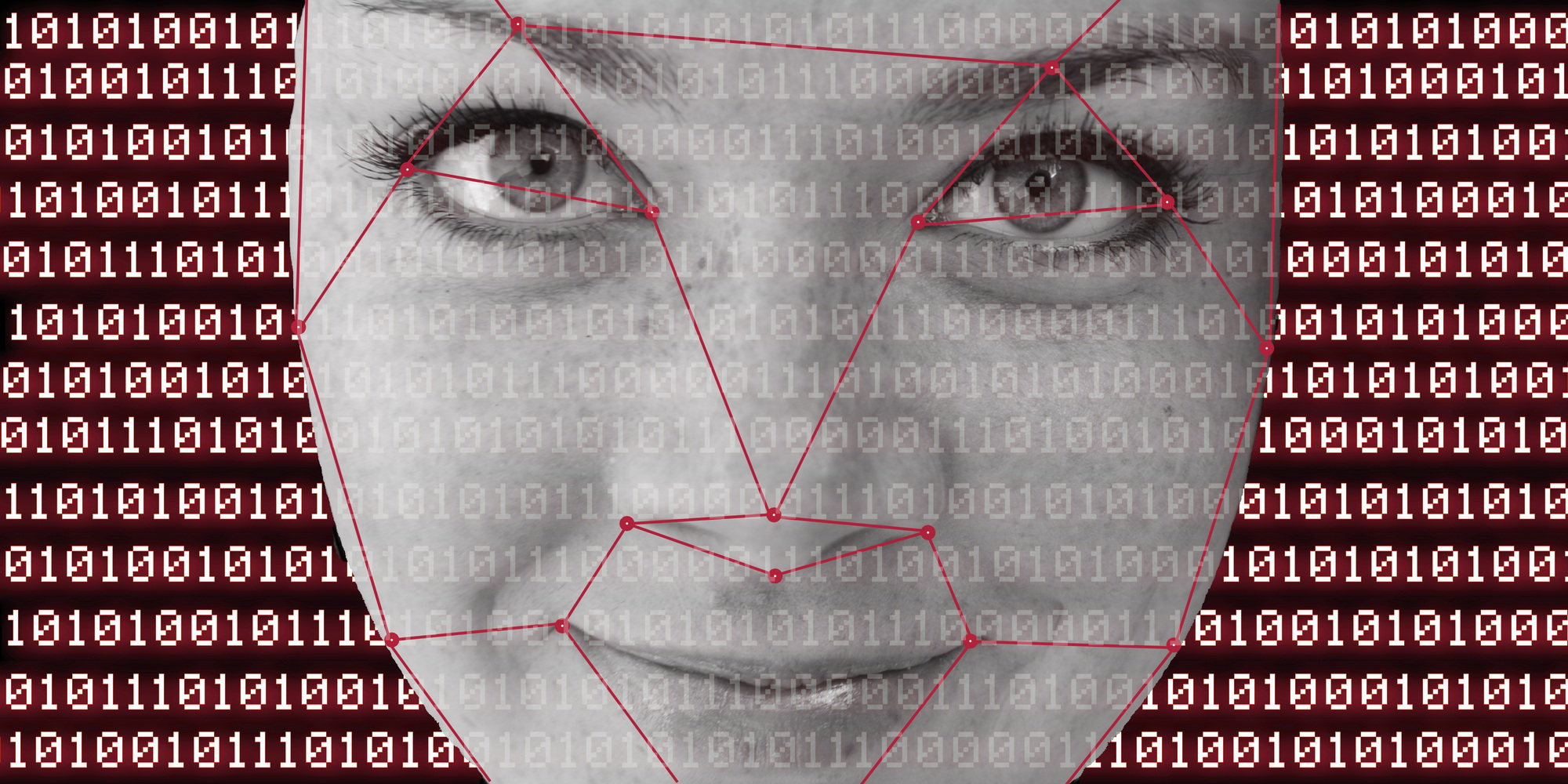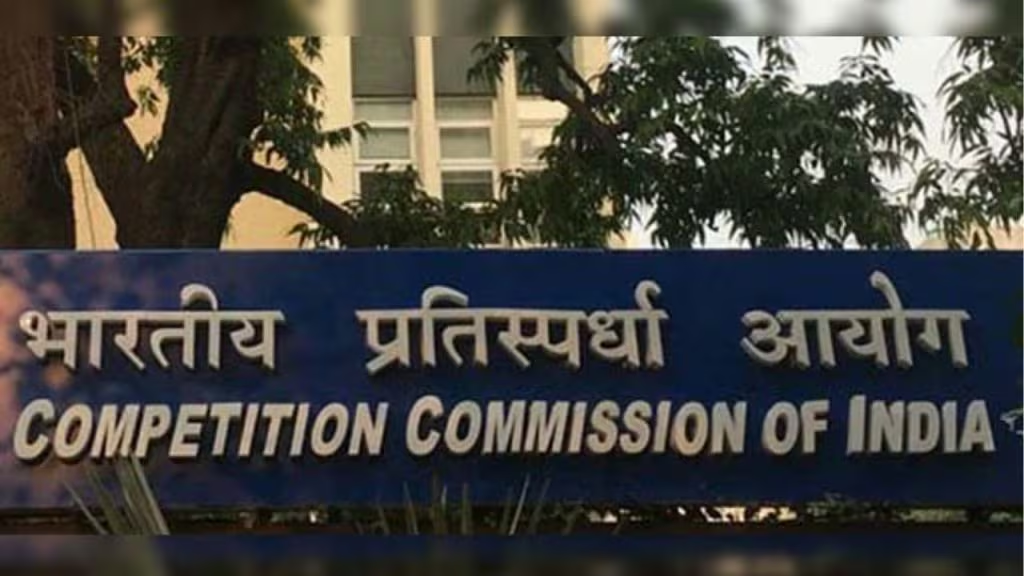~ Authored by Niharika Palep under our mentorship programme
Introduction
In recent years, the term “Deepfake” has become increasingly prevalent, sparking both fascination and concern. Deepfakes refer to the use of artificial intelligence (AI) and deep learning technologies to create hyper-realistic synthetic media, often in the form of manipulated videos or images. This rapidly evolving technology has garnered attention for its potential to deceive and manipulate, raising ethical, social, and security concerns. In this article, we delve into the what, why, and how of Deepfakes to better comprehend this digital phenomenon.
In the dynamic landscape of synthetic media, this Financial Express article, highlights the transformative potential of global digital content access for creators. At TechBridge, Anupam sanghi has been advocating for regulatory measures akin to ASCI guidelines to ensure responsible influencer authentication. Her vision underscores the need for a balanced, ethical framework that safeguards stakeholders.
What are Deepfakes?
Deepfakes are computer-generated content that convincingly replaces or superimposes existing visual or audio elements with new, often fabricated, ones. These manipulations are achieved through the use of deep neural networks, a subset of machine learning models designed to mimic the human brain’s learning processes. By feeding vast amounts of data into these networks, they can learn to replicate patterns and generate highly realistic content, blurring the lines between reality and fiction.
Read more on the cutting-edge technology behind the captivating realm of deepfakes and the art of manipulating photos and videos here.
Why Deepfakes?
The motivations behind creating Deepfakes are diverse, ranging from harmless entertainment to malicious intent. Some common reasons include:
- Entertainment and Artistic Expression: Deepfakes have found a place in the entertainment industry, where they are used for creating lifelike visual effects, dubbing, or resurrecting deceased actors in films.
- Political Manipulation: Deepfakes have been used to create deceptive political content, potentially impacting elections by spreading misinformation or damaging the reputations of public figures.
- Social Engineering and Cybersecurity Threats: Cybercriminals can use Deepfakes for social engineering attacks, tricking individuals into revealing sensitive information by impersonating someone they trust.
- Revenge Porn and Blackmail: Deepfakes have been weaponized for non-consensual purposes, such as creating explicit content featuring individuals without their knowledge or consent.
- Satire and Parody: Some creators use Deepfakes to produce humorous content or satirical pieces, showcasing the lighter side of this technology.
Discover the intricacies of deep fake inception, dissemination, and application by delving further into the realm of their creation, distribution, and utilization here.
How Are Deepfakes Created?
The creation of Deepfakes involves several key steps:
- Data Collection: A vast dataset of images or videos featuring the target person is gathered to train the deep learning model. The larger and more diverse the dataset, the more convincing the Deepfake will be.
- Model Training: Deep neural networks, such as Generative Adversarial Networks (GANs) or autoencoders, are trained to understand and replicate patterns within the dataset. GANs, in particular, consist of a generator and a discriminator network that work in tandem to create increasingly realistic content.
- Fine-Tuning and Refinement: The model is fine-tuned to enhance the quality and believability of the generated content. This iterative process involves adjusting parameters and optimizing the model’s performance.
- Deployment: Once the model is trained and refined, it can be used to generate Deepfake content. This content can take the form of videos, images, or even audio recordings.
Read More on the genesis of deepfakes through this enlightening paper on employing machine learning to detect forged and synthetic media content.
The Global Landscape of Deepfake Regulation: A Balancing Act
In recent years, the surge in synthetic media and deepfake technologies has spurred worldwide legal and regulatory responses. Notable cases in India and China spotlight diverse approaches to address concerns surrounding the unregulated use of artificial intelligence (AI) in creating manipulated content. India’s landmark Public Interest Litigation (PIL) calls attention to the potential misuse of deepfakes, urging government intervention to regulate these technologies. Meanwhile, China’s assertive stance is reflected in stringent regulations covering all forms of deepfake content, aligning with its ambition to lead in emerging technologies. Global trends reveal shared recognition among nations, including the UK, Taiwan, and several US states, of the need to balance the advantages of AI and deepfake technologies with protecting individual rights and societal stability.
Read more on the global landscape of deepfake regulation, examining approaches taken by countries such as China, Canada, the EU, South Korea, the UK, and the US, and exploring both the positive applications and potential harms of deepfake technology, here.
Deepfake Disinformation in Pakistani Elections
The recent national elections in Pakistan have witnessed the weaponization of deepfake content by political parties, introducing a troubling dimension to the democratic process. Just days before the parliamentary elections, deepfake videos and audio clips featuring the voices of prominent figures, including former Prime Minister Imran Khan, circulated on social media platforms, falsely announcing boycotts and withdrawals. The disinformation campaign, allegedly orchestrated by the ruling coalition, aimed to dissuade voters and create confusion, with even media outlets falling victim to the convincing deepfakes. The use of AI-generated content in political campaigns raises concerns about the manipulation of public opinion, highlighting the urgent need for effective strategies to detect and mitigate the impact of deepfakes on democratic processes globally.
Discover how AI is reshaping recent elections in Indonesia, Pakistan, and India, from avatars to deepfake videos, prompting global tech giants to adopt precautions against deceptive AI-generated content, in this insightful article.
Challenges and Evolving Dynamics: Navigating Deepfake Regulations Worldwide
Enforcing deepfake regulations poses challenges, from technical difficulties in reliable detection to concerns about governments exploiting allegations to suppress genuine content—a dynamic known as the ‘liar’s dividend.’ The delicate balance between regulating deepfake technologies and safeguarding fundamental rights is exemplified in evolving legal landscapes, such as Singapore’s Protection from Online Falsehoods and Manipulation Act. As nations grapple with these complexities, the outcomes of pivotal cases, like India’s, and ongoing international discussions will shape the trajectory of global deepfake regulations. A shared imperative emerges for effective solutions that address challenges posed by deepfakes, reflecting the ongoing evolution of the legal landscape in the face of rapidly advancing synthetic media technologies.
Combating Deepfakes
Given the potential harm associated with Deepfakes, there is a growing need for countermeasures. Researchers and technology developers are actively working on tools and techniques to detect and prevent the spread of deceptive content. Some strategies include:
- Deepfake Detection Algorithms: Developing advanced algorithms capable of identifying inconsistencies, artifacts, or unnatural patterns within media files to distinguish between real and manipulated content.
- Blockchain Technology: Leveraging blockchain to authenticate and verify the origin of digital content, making it more challenging to manipulate or spread false information without detection.
- Media Literacy and Awareness: Promoting media literacy to educate the public about the existence of Deepfakes and providing tools to critically evaluate the authenticity of online content.
- Regulatory Measures: Governments and tech companies are exploring legislative measures and policies to regulate the creation and dissemination of Deepfakes, balancing innovation with ethical considerations.
Read More on 4 ways to future-proof against deepfakes in 2024 and beyond.
Conclusion
While Deepfake technology presents exciting possibilities for creativity and entertainment, its misuse raises significant ethical and security concerns. As technology continues to evolve, the need for responsible development, regulation, and public awareness becomes paramount. The delicate balance between harnessing the benefits of artificial intelligence and safeguarding democratic processes remains a central theme in the evolving legal landscape. Efforts to combat deepfakes through advanced detection algorithms, blockchain technology, media literacy initiatives, and regulatory measures exemplify a collective commitment to mitigating the potential harms associated with this disruptive technology. As nations grapple with the intricacies of deepfake regulations, finding a harmonious equilibrium that fosters innovation while protecting individual rights emerges as a shared imperative for the global community in navigating the complex terrain of synthetic media.



